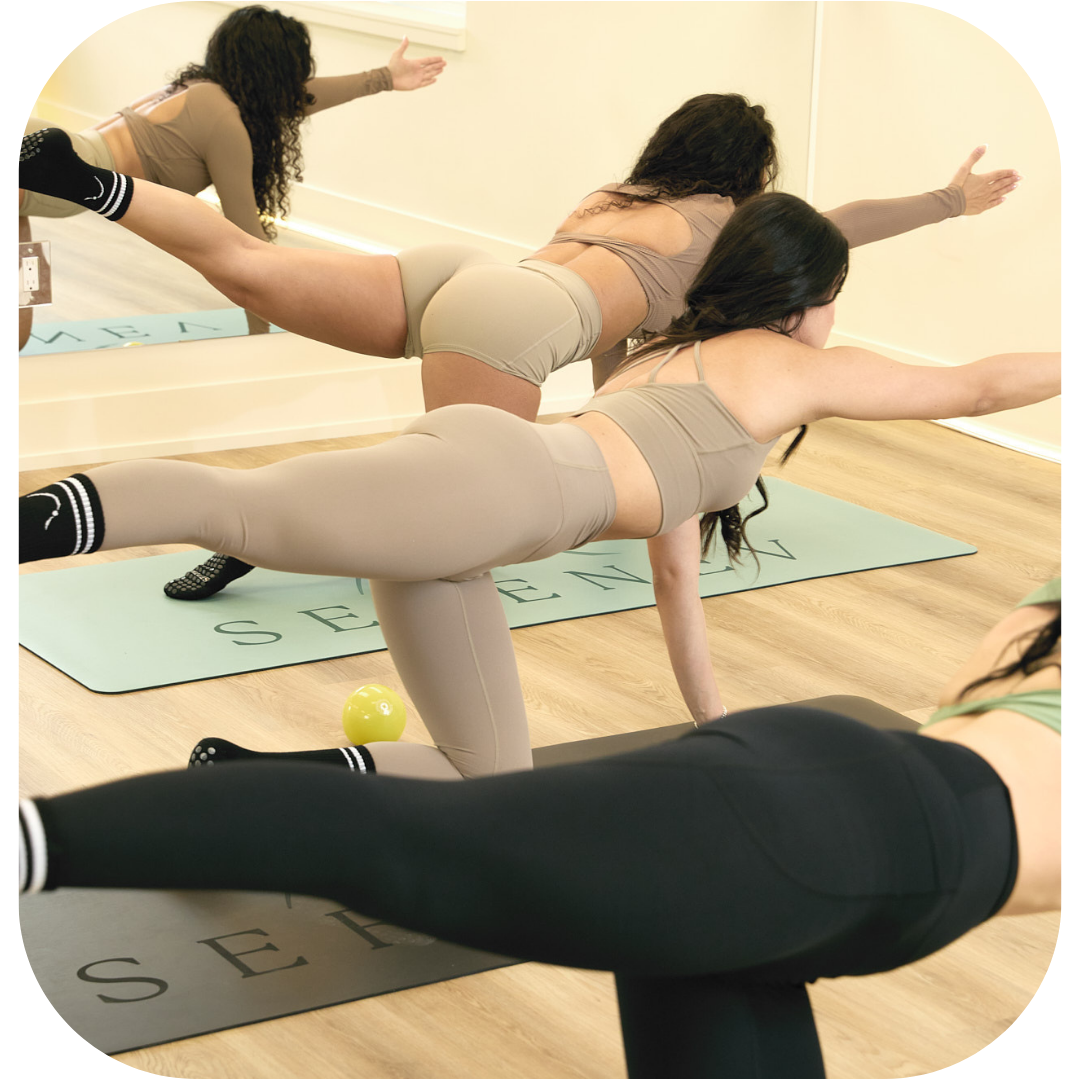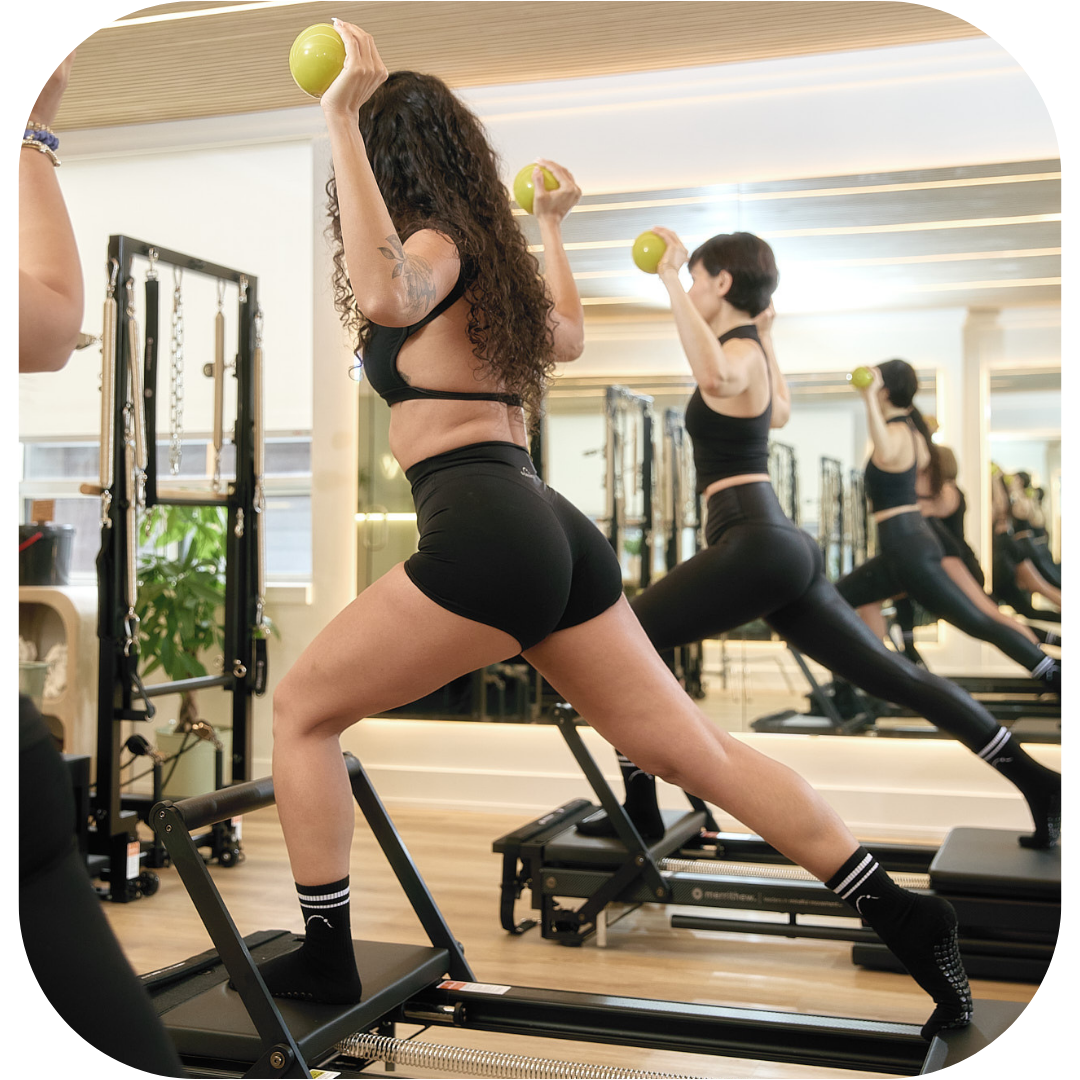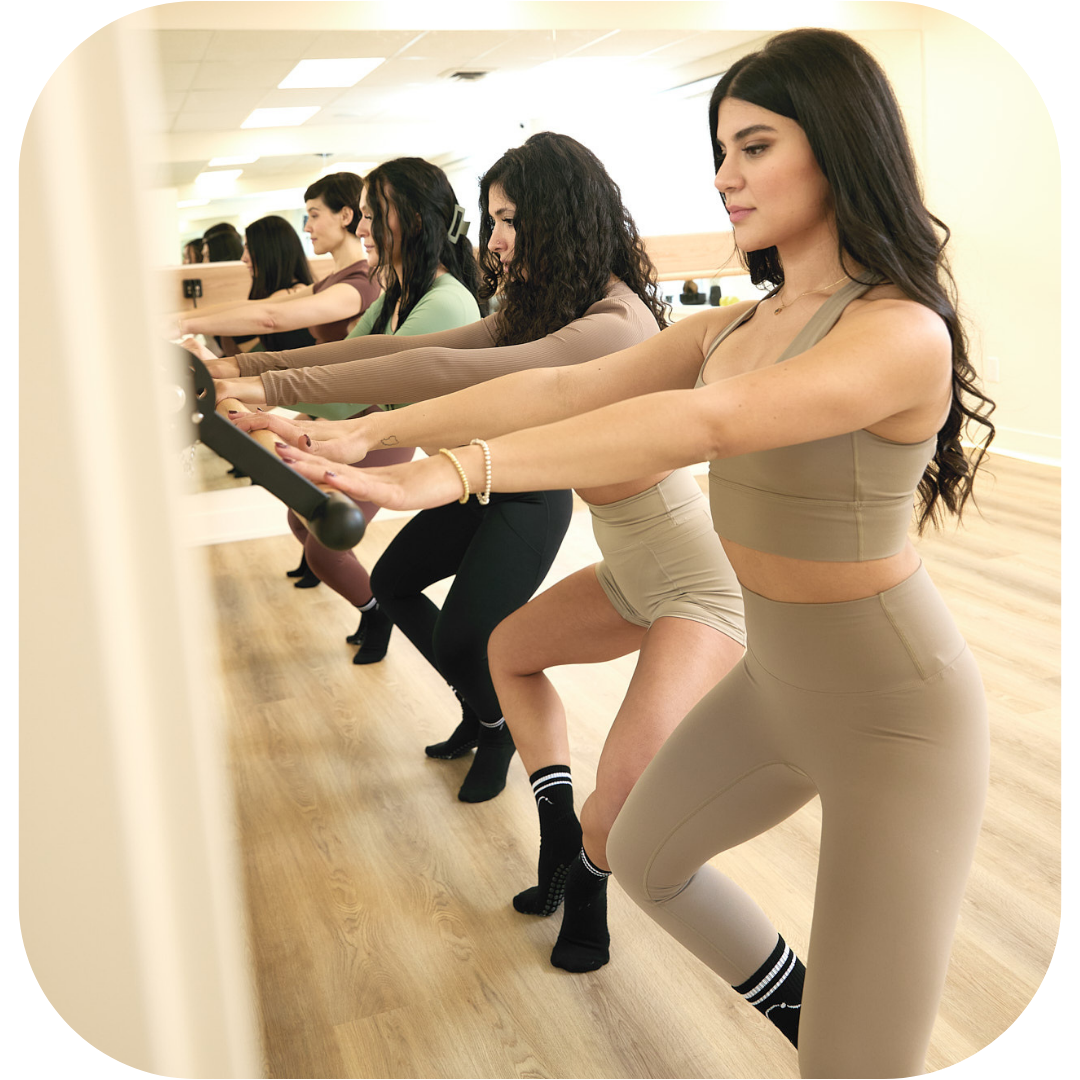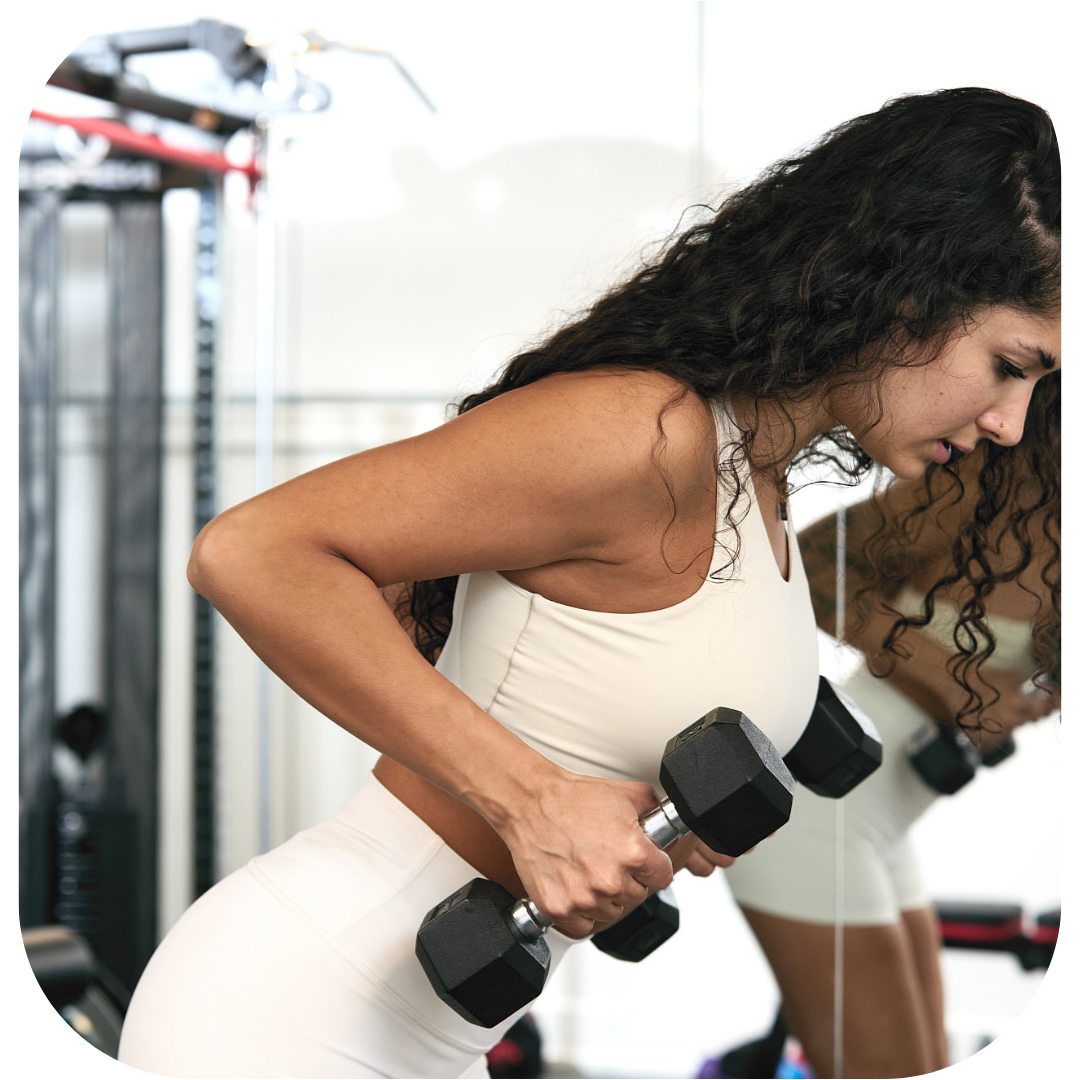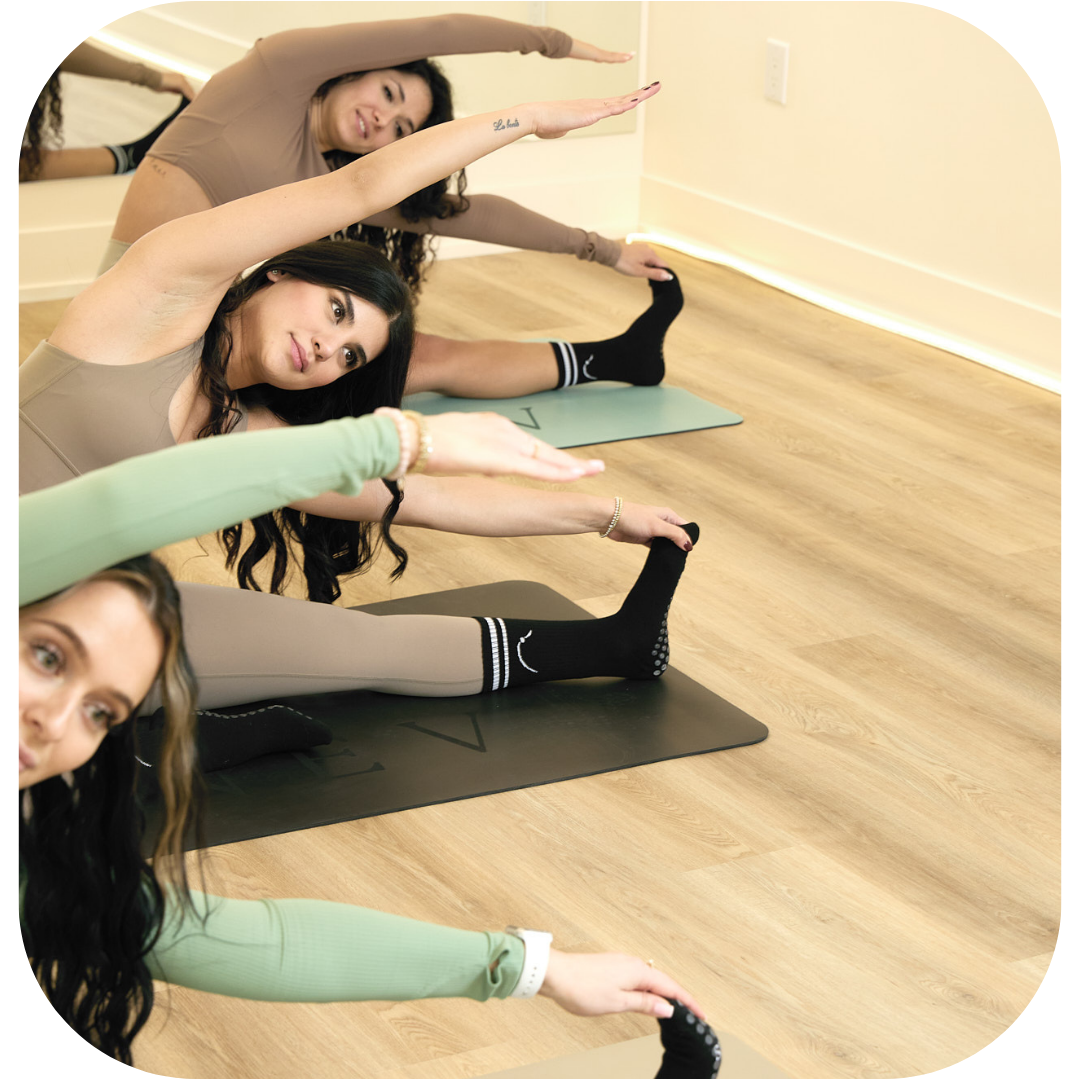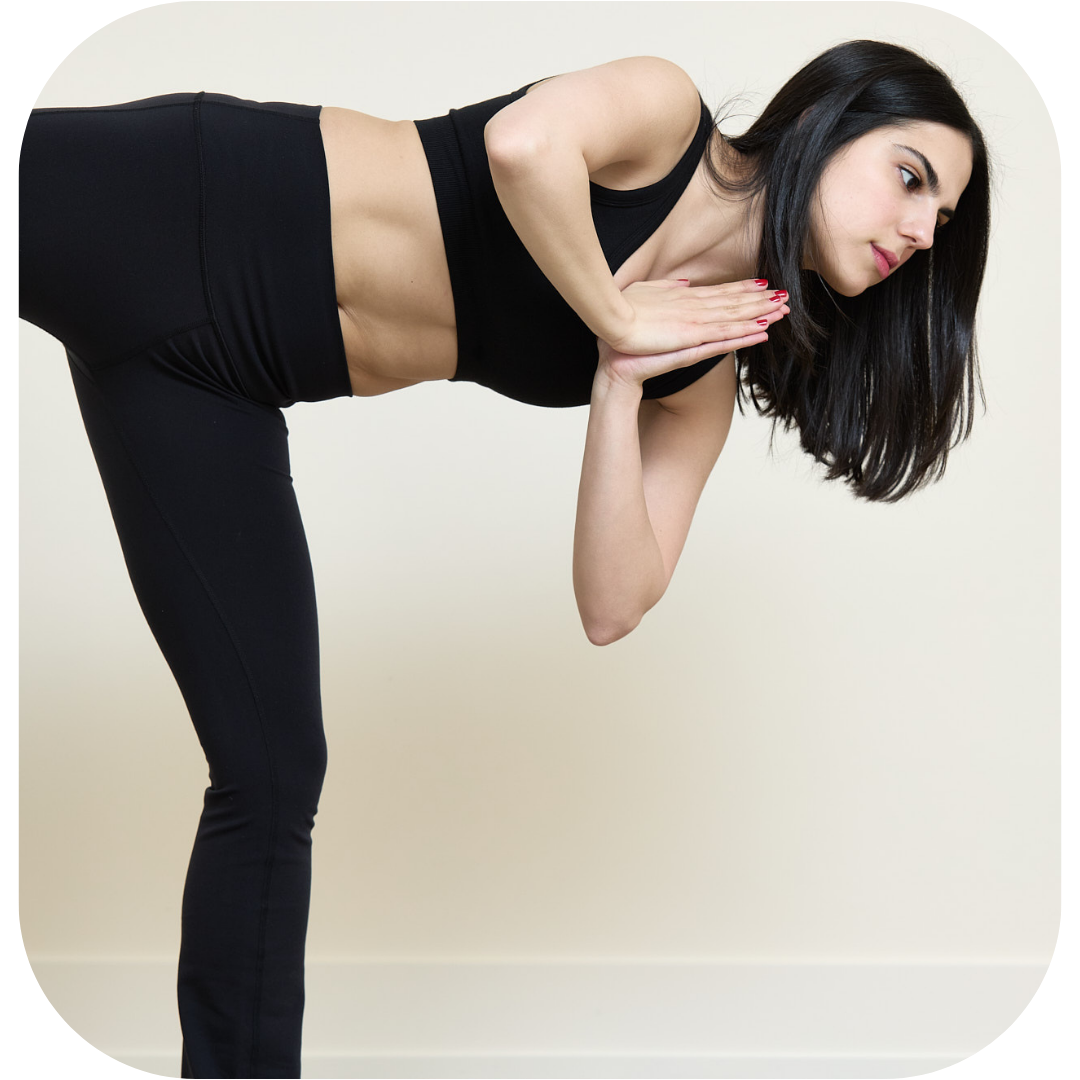
Dolphin Pose – Forearm Adho Mukha Svanasana: Step-by-Step Guide
April 10, 2025
Eagle Pose – Garudasana: Step-by-Step Guide
April 14, 2025Downward Dog Pose (Adho Mukha Svanasana) is one of the most recognized and beneficial yoga postures. It strengthens and stretches the entire body, including the arms, shoulders, back, and legs. Additionally, it calms the mind, improves circulation, and serves as a great transitional pose. Here’s how to perform Downward Dog with proper alignment.
Step-by-Step Instructions:
Starting Position: Begin in an all-fours position, with your hips above your knees and your shoulders directly above your wrists. This is your tabletop position.
Hand Placement: Move your hands slightly forward of your shoulders, ensuring your middle fingers are pointing forward. Spread your fingers wide to create a solid base.
Hasta Bandha (Hand Lock): Think of creating a suction cup in the middle of your palm by pressing through the outer edges of your palms, the base of your fingers, and your fingertips. This action is known as Hasta Bandha, or the “hand lock,” which helps activate the hands and arms.
Spiral Action in the Arms: Roll your upper arms away from you while spiraling your forearms inward. This action helps create space in the shoulders and keeps the arms active. (See Beginners’ Tips for more detailed instructions.)
Engage Your Core: Tuck your toes under, and as you exhale, engage your lower belly, drawing your navel back toward the spine. Press through your hands as you lift your hips up and back, forming an upside-down “V” shape with your body.
Bend Your Knees: Initially, keep your knees bent as you find length in your spine. This will help you avoid rounding your back and allow you to deepen the stretch in the back of the legs.
Shoulder Blade Action: Slide your shoulder blades down along your spine and spread your collarbones. Keep the base of the neck relaxed and your head positioned between your arms, off the floor.
Walking the Dog: Once you’re in the pose, you can “walk your dog” by alternately bending and straightening your legs. Eventually, aim to bring both heels towards the floor—though they do not need to touch.
Hold the Pose: Stay in Downward Dog for 5 breaths, focusing on lengthening your spine and pressing firmly through your hands.
Exiting the Pose: To come out of the pose, bring your knees back down to the floor as you exhale and rest in Child’s Pose. Alternatively, you can transition into a lunge by stepping one foot toward your hands.
Beginner’s Tips for Downward Dog:
Focus on Spine Length: It’s more important to maintain length in your spine than to straighten your legs. If you find your back rounding or shoulders hunching, it’s okay to keep your knees bent to focus on the stretch in your back. Remember, your heels don’t need to touch the floor!
Arm Rotation: The spiral action in your arms may be tricky at first. Try practicing this rotation while sitting on your heels to better understand the movement. You can also refer to Marlene Henny’s advice and watch her class for detailed tips on arm rotation.
Practice Against a Wall: To work on Downward Dog, practice against a wall. Stand facing the wall about 3 feet away with your legs hip-width apart. Place your hands on the wall with the same arm rotation, then walk your hands down the wall until your torso and arms are parallel to the floor.
Benefits of Downward Dog:
Full-Body Strength: This pose strengthens the upper body, arms, shoulders, abdomen, and legs, providing a full-body workout.
Stretches the Back and Legs: Downward Dog provides an excellent stretch for the back of the body, including the ankles, calves, hamstrings, and spine.
Calms the Mind: The pose has a calming effect, helping to reduce stress and anxiety while promoting relaxation.
Stimulates Circulation: The inversion of the body stimulates blood circulation and enhances overall health.
Rest Between Poses: Downward Dog is a great pose to rest between intense backbends and forward bends, allowing you to reconnect with your breath during your practice.
Things to Watch Out For:
Wrist Protection: Make sure the knuckle of your first finger is firmly pressing down into the floor to protect your wrists.
Shifting Weight: Shift your weight back into your hips rather than letting it collapse into your wrists.
Hyper-Mobility: If you’re hyper-mobile, avoid locking your elbows. Keep a micro-bend in your arms to maintain stability and prevent injury.
Shoulder Tension: Be mindful of your shoulders; avoid hunching them up. Try nodding and shaking your head to keep the base of your neck relaxed.
Variations to Try:
Dynamic Variation: For a more dynamic movement, come onto the balls of your feet as you inhale, then lower your heels down on the exhale. This will help create more length in your spine and activate your legs.
Three-Legged Dog: Lift one leg up, keeping your hips level and your foot flexed. Repeat on the other side. This variation engages the core and strengthens the legs.
Arm Focus: Loop a belt around your arms just above your elbows and press against the strap to work on the strength and activation of your arms. For your legs, place a belt above your knees and focus on actively drawing your thighs outwards.
Downward Dog (Adho Mukha Svanasana) is a foundational yoga pose that strengthens and stretches the entire body while calming the mind and improving circulation. If you’re looking for yoga classes in North York, Serenev Studio offers three distinctive practices: Hatha Yoga, Vinyasa Yoga, and Kundalini Yoga. Whether you’re a beginner or an experienced practitioner, register for a class Yoga North York for more information.

